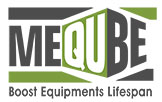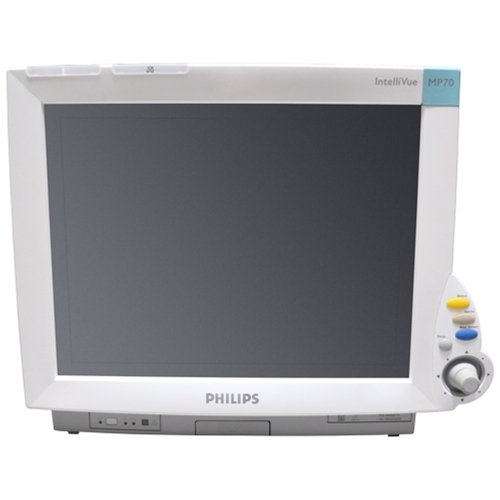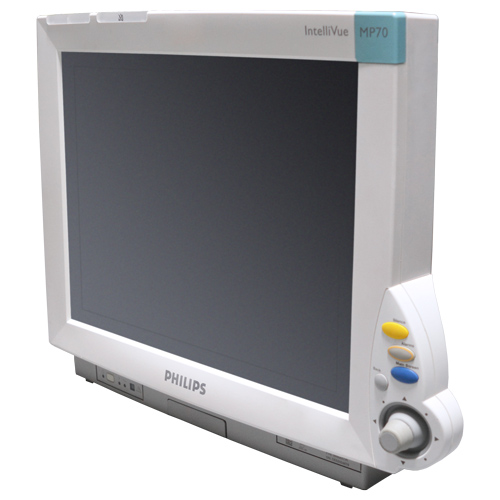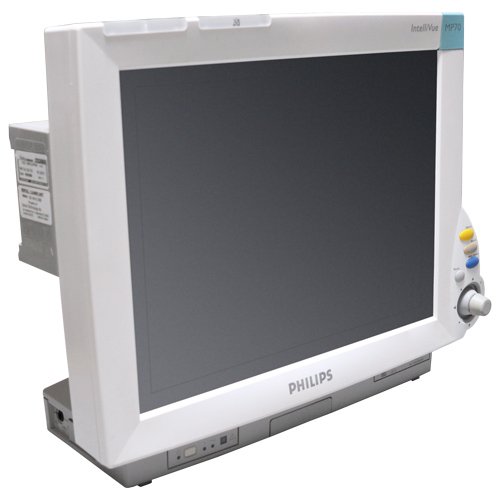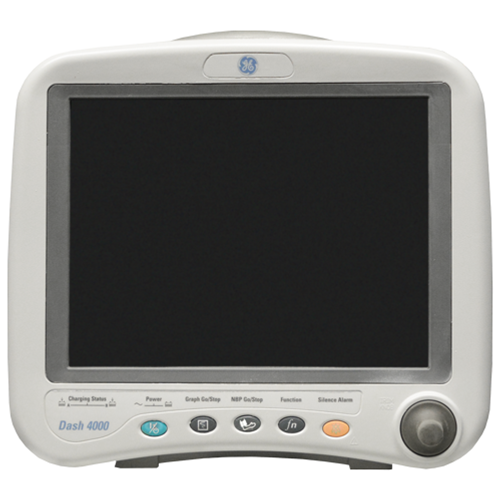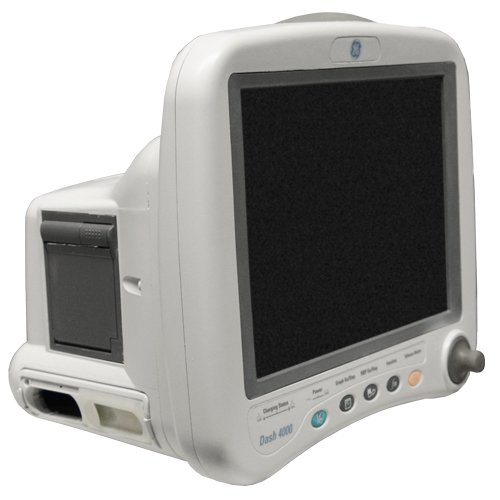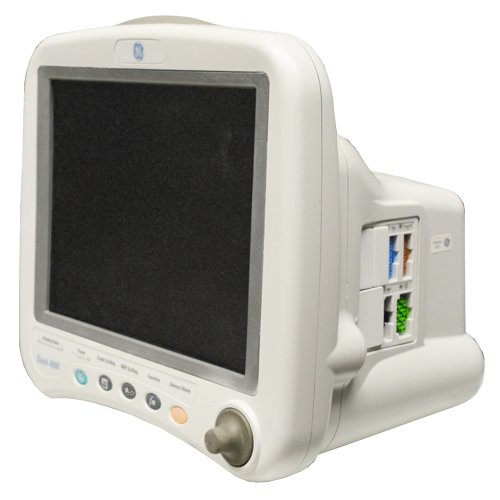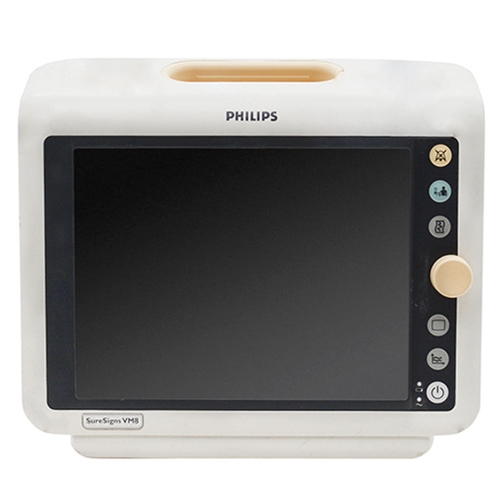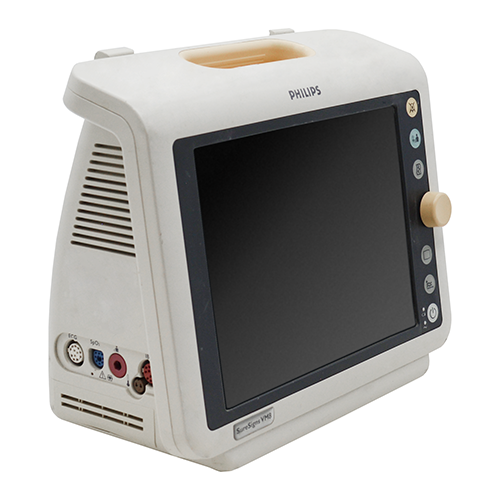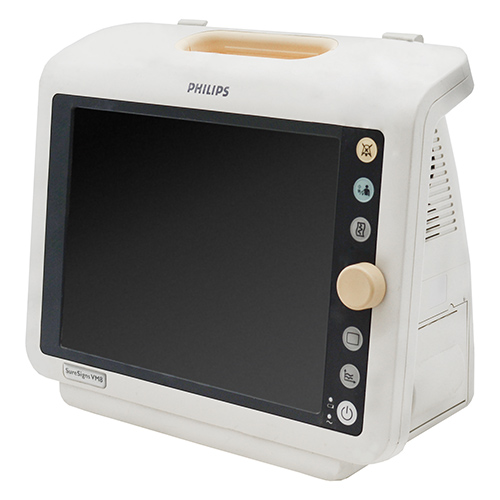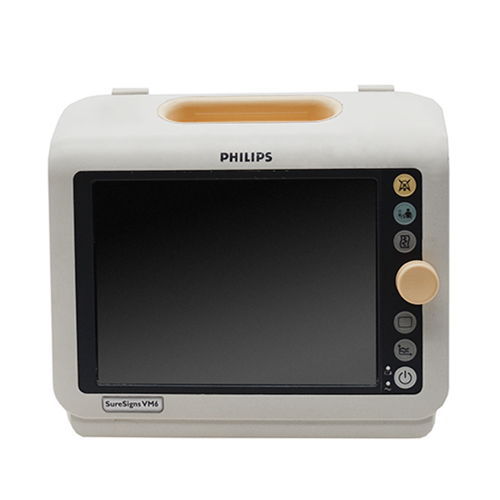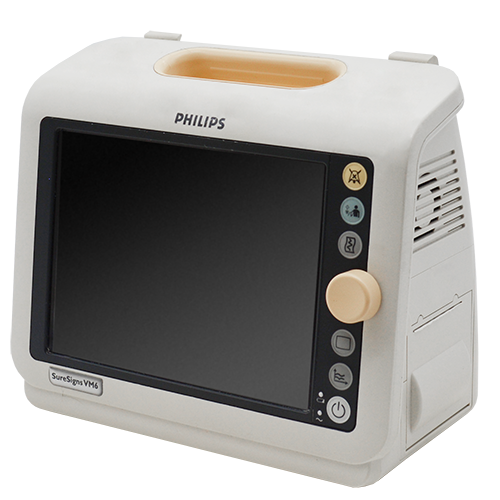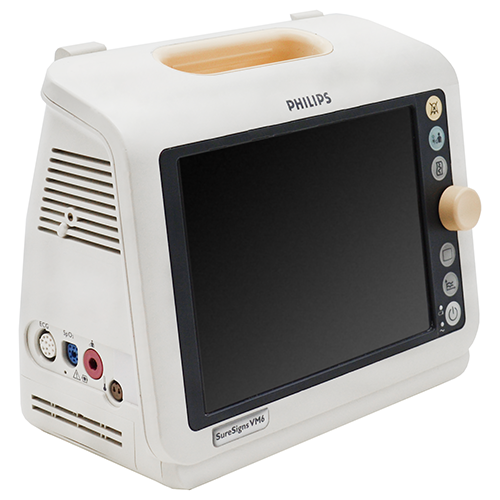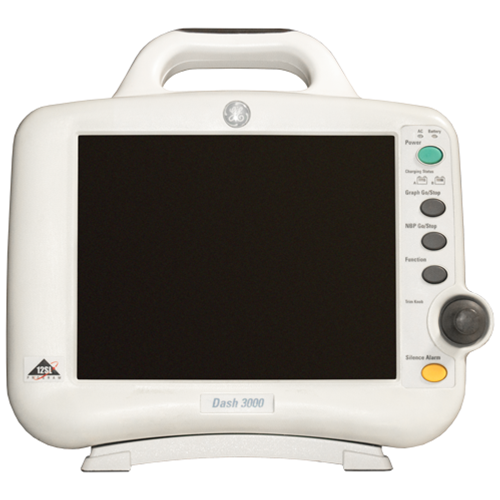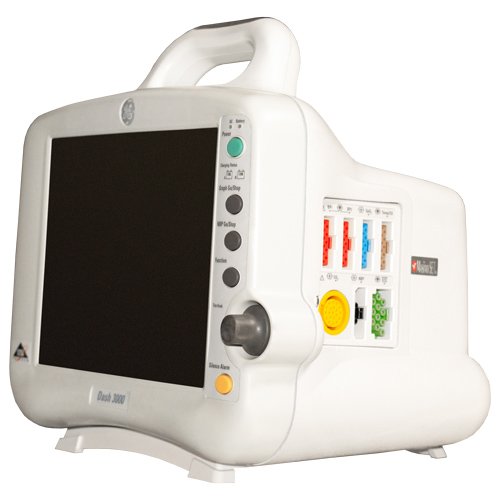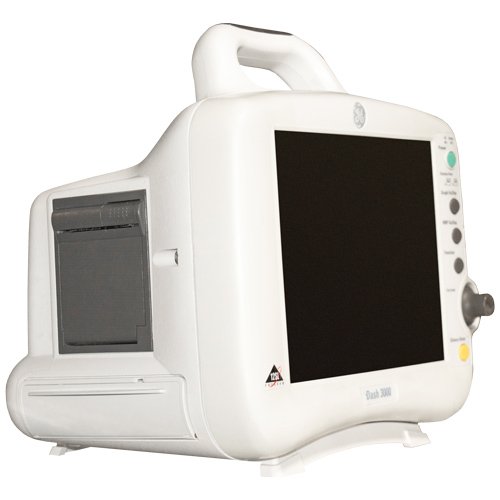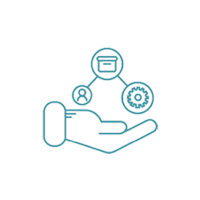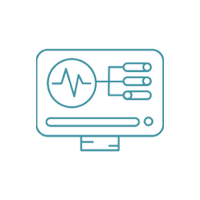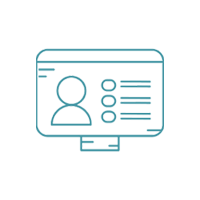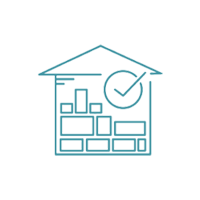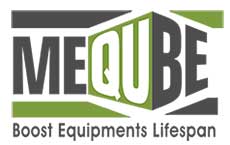PHILIPS MP 70
Features
The Philips IntelliVue MP70 is a patient Monitor that was designed to monitor a variety of parameters on a flexible screen configuration. The MP70 can be connected to the Multi-Measurement Modules. The Monitor has two slots for the modules. These Modules include; anesthesia, Critical, Cardiac, neonatal care, and general care units. The Patient Monitor has a 15-inch color LCD touch screen display that can show up to eight different waveforms at once. Along with displaying 12 lead ECG.
- Touchscreen and SpeedPoint operation
- Customizable viewing options with 10 pre-set screen configurations
- Uninterrupted patient monitoring
- Bright and easy to read color display
- Space-saving, quiet, and stable
- Fast startup
Specifications
Dimensions
- Height: 14.17″ (36 cm)
- Width: 15.95″ (40.5 cm)
- Depth: 6.69″ (17 cm)
- Weight: 22.05 lbs (10 kg)
Display
- Type: XGA
- Resolution: 1024 x 768
- Refresh Rate: 60 Hz
- Size: 15″ (38.1 cm)
Power
- Power Consumption: <145 W
- Line Voltage: 100 to 240 V ~
- Current: 1.6 to 0.7 A
- Frequency: 50/60 Hz
Sweep Speeds
- 6.25, 12.5, 25, and 50 mm/s
- Accuracy: +/- 5% Accuracy
Sounds
- Audible feedback for user input.
- Prompt tone.
- Two different QRS tones, SpO2
Events
- Information: Trigger conditioning and time, event classification and associated detailed view of episode data.
- Episode Data: Configurable, includes all numerics, alarms, inops, and either: 4 minutes of high-resolution trend or 20 minutes of numerics trend @ 12 sec. resolution or 15 seconds of 4 waves @ 125 samples/sec.
- Capacity (Max.): 25 or 50 events for either 8 or 24 hours.
Environmental Specifications
- Operating Temperature: 0 to 35 °C (32 to 95 °F)
- Non-operating Temperatuer: -20 to 60 °C (-4 to 140 °F)
- Battery Storage Temperature: -20 to 50 °C (-4 to 122 °F)
Advanced Event Surveillance
- Events are electronic records of episodes in the patient’s condition
- They can be used to drive alert notifications to assist compliance with any protocol that is being used by the clinician.
Mouse
- Any specified PS/2 mouse or trackball may be used for data entry
Recordings
Using the plug-in recorder record numerics for all active measurements and up to three waveforms can be documented. It can be used for local recording in either the FMS or the integrated module slots. Report templates can be defined in advance, enabling print-outs tailored to each hospital’s specific requirements to be started quickly. They can be printed locally or centrally – connected printers and they can be initiated manually or automatically at user-defined intervals.
An extensive range of patient reports can be printed:
- Event Review and Episode Reports
- 12-Lead ECG reports
- Vital signs
- Graphic trends
- Cardiac output reports
- Wedge procedure reports
- Calculation reports
- EEG reports
- Loop reports
Patient Transfers
- The Universal Admit, Discharge, and Transfer (ADT) feature mean that all ADT information is shared between the networked monitoring and the information center. Information only needs to be entered once.
- Patients can be transferred by disconnecting the MMS or X2 from a monitor and then reconnecting it to a new monitor. Patient demographics are stored in the MMS and the X2, so they do not have to be re-entered on the new monitor.
Drug Calculator
- The drug calculator allows you to calculate the fourth value when three of the following values are entered: dose, amount, volume, the rate of infusion.
- A titration table and drip table can be displayed and printed.
- The drug calculator can also be configured to include a list of commonly used drugs using the support tool.
